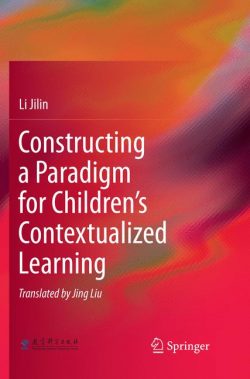The book presents three Japanese psychotherapeutic approaches, Morita, Naikan, and Dohsa-hou, in the chronological order of their development, giving a thorough account of both their underlying concepts and practical applications. In addition to describing their idiosyncrasies, a major focus of the book is also to elucidate as to how the deeply imprinted cultural specificities of these approaches, emanating from their common cultural ground, converge to two focal points—silence and body-mind interconnectedness—that vest the approaches with their therapeutic power. In so doing, the book gives an insight into the intrinsic dynamics of the methods and emphasizes on their potential for universal applicability notwithstanding their indisputable cultural peculiarities. This self-contained and well-structured book fills the gap in the yet scarce English-language literature on Japanese psychotherapies.
Chapter 8: “Then go and wash your rice bowl!” – Personal Experiences in Morita Therapy.- General Conclusion: Representative Japanese Psychotherapies in a Nutshell.- Appendix I – Morita Therapy.- Appendix II – Naikan Therapy.- Appendix III – Dohsa-hou Therapy.
Dr. Chervenkova’s research is focused on the original Japanese psychotherapeutic approaches – Morita, Naikan, and Dohsa-hou – and on their implementation among non-Japanese clients. As the English-language literature on the subject is yet relatively scarce, the author is committed to present these approaches outside of Japan (Asia) in a comprehensive work, making the most of her years-long research experience and training in Japan.
The book presents three Japanese psychotherapeutic approaches, Morita, Naikan, and Dohsa-hou, in the chronological order of their development, giving a thorough account of both their underlying concepts and practical applications. In addition to describing their idiosyncrasies, a major focus of the book is also to elucidate as to how the deeply imprinted cultural specificities of these approaches, emanating from their common cultural ground, converge to two focal points—silence and body-mind interconnectedness—that vest the approaches with their therapeutic power. In so doing, the book gives an insight into the intrinsic dynamics of the methods and emphasizes on their potential for universal applicability notwithstanding their indisputable cultural peculiarities. This self-contained and well-structured book fills the gap in the yet scarce English-language literature on Japanese psychotherapies.




